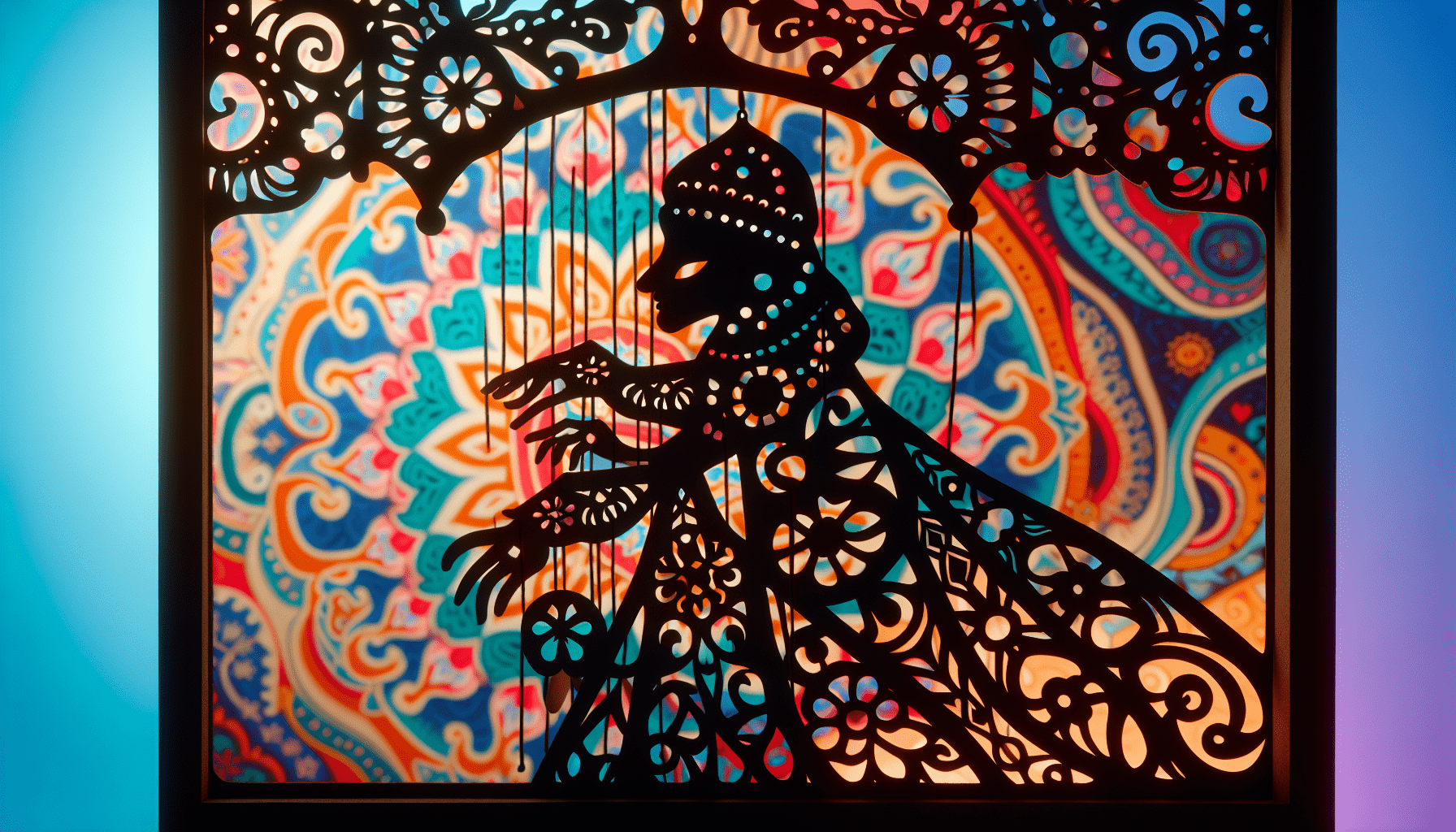Welcome to the captivating world of Traditional Turkish Shadow Plays, an art form that is sadly facing the threat of extinction. These mesmerizing performances, known as Karagöz and Hacivat, have been cherished by generations for centuries. However, due to modernization and changing cultural tastes, this traditional Turkish art is at risk of fading into obscurity. Join us as we explore the history, significance, and challenges facing this culturally rich and unique form of entertainment. Let’s raise awareness and celebrate the beauty of Traditional Turkish Shadow Plays before it’s too late. Have you ever heard of Turkish shadow plays? They are a unique form of traditional art that has been passed down through generations in Turkey. Unfortunately, this art form is now facing the threat of extinction. In this article, we will explore the world of traditional Turkish shadow plays, their history, significance, and the challenges they currently face in the modern world.

